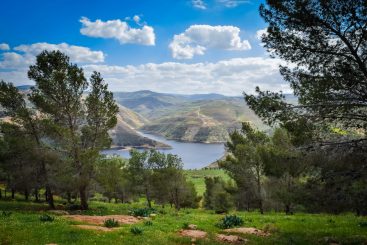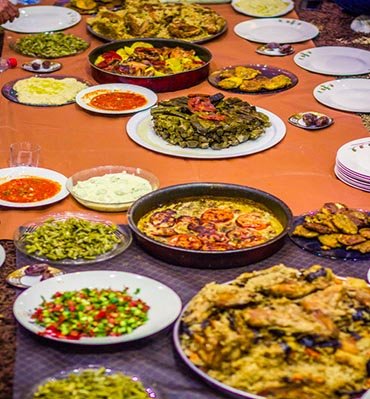In July 2015, the Jordan Trail Association was formed to take on the responsibility of the development of the trail and its maintenance, in addition to facilitating its accessibility by establishing strong connections for all concerned and providing comprehensive information regarding the trail. As of mid-2016, the JTA received a grant from USAID, support from the Jordan Tourism Board, and contributions from the private sector, besides, to support by many local volunteers that aid the JTA in achieving its goals. The Jordan Trail facilitates the economic development of local communities through job creation, and the country’s economy to create minimum impact tourism which promotes an outdoor culture and environmental awareness. So far, the JTA has increased capacity building of the association, waymarked sections of the Jordan Trail from Um Qais to Ajloun, re-scouted and made improvements on the trail, built relationships with service providers along the trail (including homestays and guide training), and advertised and marketed the trail globally and locally.












